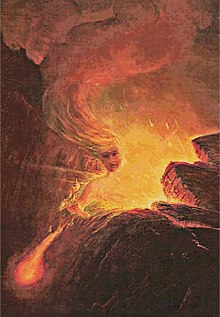One concern with solar is that the panels are made of various materials which must be recycled upon end of 30 years or so. Newer panels might last much longer but will probably need to be recycled.
So the cost to build, install, periodically clean, de-install and recycle should be noted. I think this is at least a good alternative for the near term.
I have heard (but have no knowledge) that windmills may have issues recycling the blades. There are concerns here in Hawaii that our windmills cause risk to our many protected birds due to the blades. Some windmills are now being constructed elsewhere offshore on platforms.
We have/had a geothermal plant but it has taken offline when lava was within yards of the boreholes. There are also religious concerns about using geothermal here. (This geothermal power plant provides about 30% of electricity demand on the Big Island (Puna) of Hawaii.)
I have not yet heard issues, but know that some places are investigating using one of other naturally occurring sources to produce electricity ( Because Hawaii has a highly consistent wave energy resource, the Office of Naval Research is monitoring an experimental wave energy buoy off Kaneohe Marine Corps Base. Hawaiian Electric has helped with the transmission connection to the electric grid.).
Ocean wave energy may be a better source to generate SOME of the power we need.
" Hawaii became the first state to commit to obtaining 100% of its electricity from renewables when Governor David Ige signed HB 623, mandating the state’s utilities reach that resource mix by 2045. The law, effective July 1, sets 30% by 2020, 40% by 2030, and 70% by 2040 interim targets."
And then, what could our islands do to produe energy?
" Recent analysis from Stanford engineering professor Mark Z. Jacobson finds Hawaii can economically meet 100% of its energy needs with 14% residential rooftop PV, 9.7% PV power plants, 7% concentrating solar power plants, 12% onshore wind, 16% offshore wind, 9% commercial and government rooftop PV, 1% wave energy, 30% geothermal, 0.3% hydroelectric, and 1% tidal energy.
Jacobson calculates the transition would create 8,239 construction 40-year duration jobs and 4,239 such operations jobs. It would also save $1.6 billion per year, or 1% of state GDP, in avoided mortality and illness costs. The footprint would be 0.21% of Hawaii’s land and spacing would require another 0.82% of Hawaii’s land. It would reduce today’s $0.303 per kWh electricity rate to $0.119 per kWh."
(The above two quotes from UtilityDive.com 100% renewables by 2045 is now the law in Hawaii | Utility Dive)
![]()
